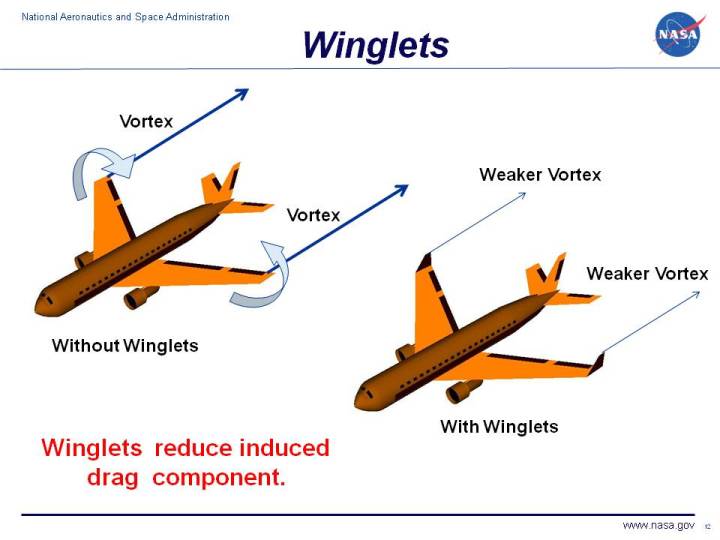Probably you already have seen it, during the start of the good weather and at the end of the summer birds travel with the nice weather. Birds that migrate in a flock often fly in a V shape. The reason for this is caused by the same effect that is also the reason why aiplanes have winglets.
Due to a pressure difference between the top side and the bottom side of the birds wings there will be a vortex generated at the end tip of the wings. This will create a down and up wash behind the wing tips. Birds flying in a v shape use this as an advantage during long flights. The second row birds will fly behind the leadings bird wing tips at a certain distance. The distance will be at a position where they are at the up wash region in the wingtip vortices. Because of this, the birds after the leading bird use less energy, because they can hover more due to the lift generated by the up wash. For example, when birds are flying in a flock of 25 birds, it will reduce the drag by 65%, as result that they can extend their range by 71%.
Because it is energy saving and to avoid the wake of the other planes, it is also used by fighting jets.








